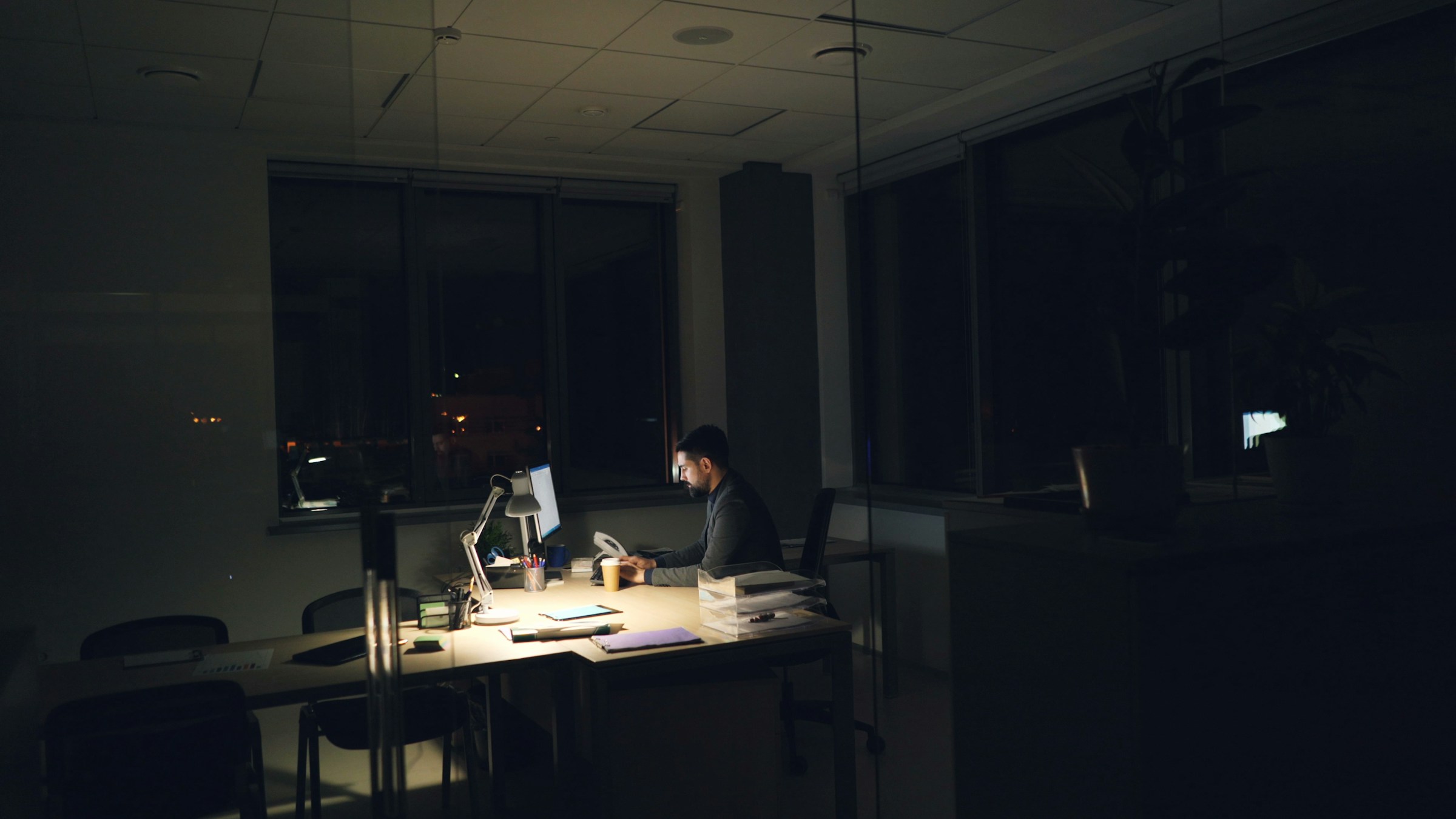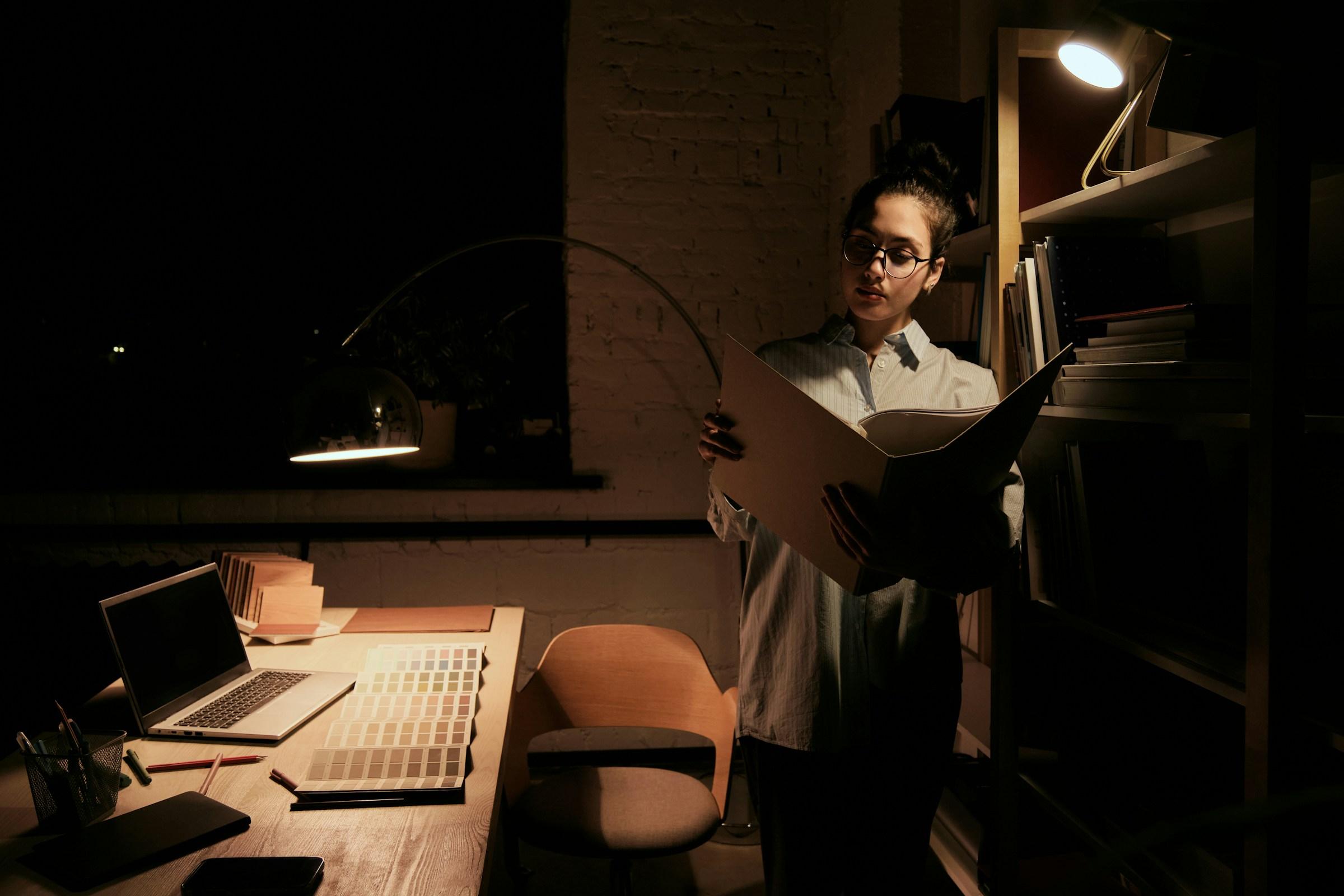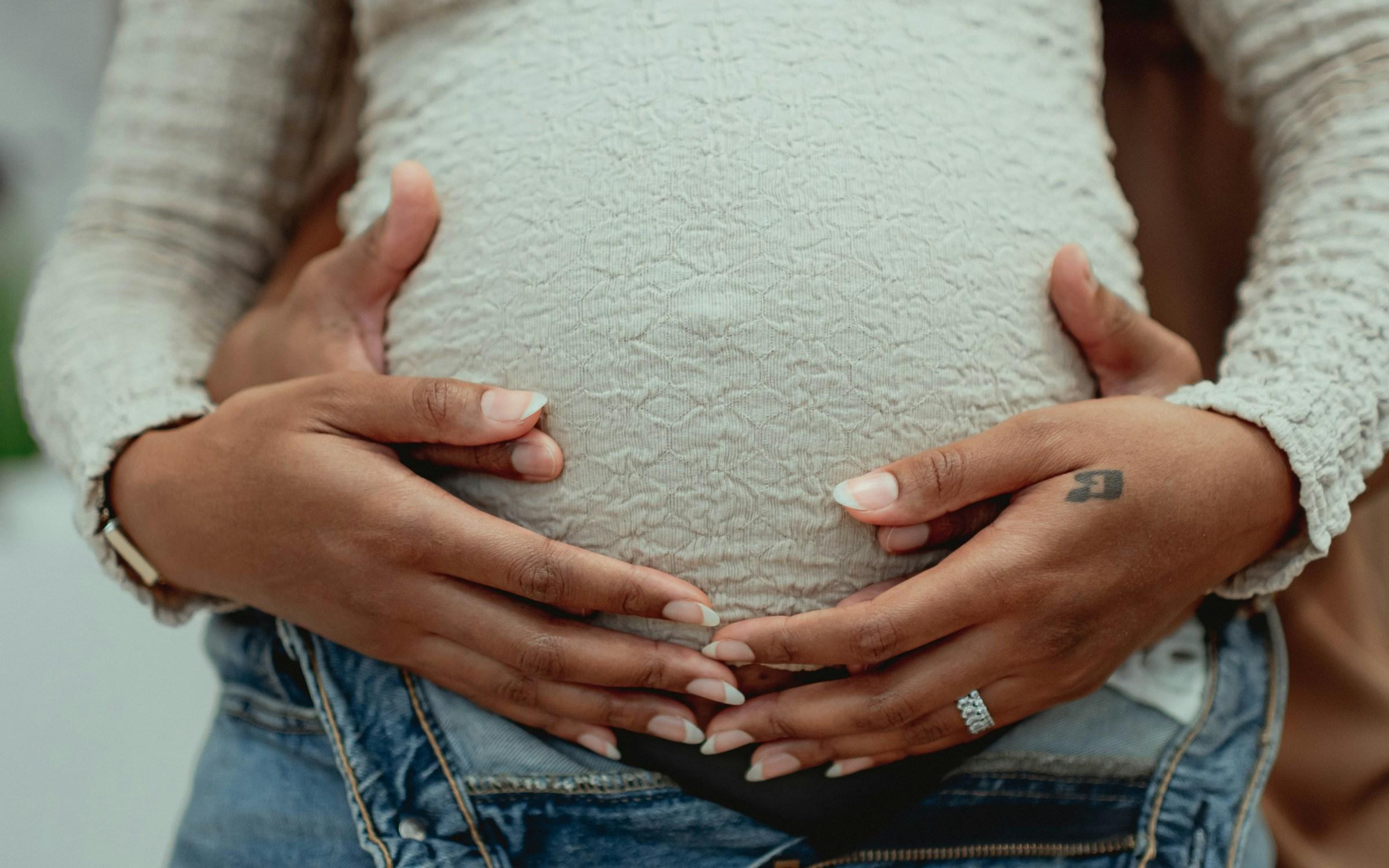Night has a way of turning the world into a quiet stage. Lamps soften, edges blur, and the room shrinks until it feels like a private studio built for one. In that hush, ideas that hid all afternoon begin to move. Many people say their best thoughts arrive after the sun goes down, as if darkness itself were a coauthor. The question is not only whether the night makes us more creative, but why it so often feels like an invitation to think in a freer way.
Darkness changes the ratio of signal to noise. With less to look at, the mind spends less energy scanning and more energy weaving. It stops reacting to every visible cue and starts following internal associations. That subtle shift matters. Creativity is not only the sudden spark that movies love to show. It is also the slow braid of memory, feeling, and stray observation into something that can hold weight. When the lights are low, the outside world quiets enough for that braid to form without constant interruption.
There is a psychological layer to this. Brightness carries a public mood. Offices are bright. Classrooms are bright. Shops and screens glow with reminders to keep moving and keep proving. Low light signals privacy. We are less watched, even in an empty room. The inner critic, that stage manager with a clipboard, takes a step back. In that pause, risk feels safer. You sketch a stranger idea. You attempt a line that might fail. Progress does not need an audience. It needs a space where failure feels survivable, and darkness often provides that softness.
The body joins this conversation. Light is a schedule that speaks to the brain. When light fades, melatonin rises, and the nervous system prepares to drift. Calm grows. Attention becomes less darting and more immersive. For some minds, that calm is the bridge into depth. You begin to tinker or write, and minutes gather without friction. The danger is obvious. If you stay too long on that bridge, sleep suffers and tomorrow becomes fog. Yet the lesson is not to idolize insomnia. It is to notice that reduced stimulation can be a useful ingredient for depth, one you can recreate at any hour with a few practical choices.
Culture has long understood the night as a workshop. Musicians practice in dim rooms that keep their focus on the sound. Painters lean toward studios where daylight is filtered and controlled. Writers keep small lamps and face their desks away from windows so the page can be the brightest thing around. None of this is romance for its own sake. It is a method that reduces distraction and restores attention to the work at hand. The history of subcultures supports this, too. So many beginnings start in low light. Zines on the floor. Mixes traded after midnight. Experiments that only make sense when no one is asking for proof yet.
There is a logistical reason that night helps. Daylight belongs to synchronization. Messages, meetings, errands, the social proof of being reachable. Night belongs to asynchrony. You can chase a thread without explanation. You can let a melody loop for ten minutes without a calendar alarm cutting the air. Creative work often needs that unbroken time more than it needs inspiration. Darkness is not the source of the idea. It is the fence that keeps the idea from being jostled before it can stand.
The late night, however, has its own myth. Hustle culture painted sleeplessness as a badge, and nostalgia still tugs at the image of the artist hunched over coffee at two in the morning. It is important to separate the useful condition from the harmful habit. What makes darkness powerful is not exhaustion. It is the reduction of visual and social noise. You can reproduce that reduction without sacrificing health. Dim one lamp instead of using every overhead light. Turn your desk to face a blank wall. Close extra tabs so your screen stops shouting. Give yourself ninety minutes of this quieter setting, and then return to daylight with something you can edit.
Editing needs daylight. Drafting often loves the night. These roles complement each other. In the evening, you let possibility roam without checking every step for polish. In the morning, you invite standards back in. The line that felt wild at midnight can be tested at ten. The sketch that looked brilliant in soft light can sit under a brighter bulb and still hold shape. This rhythm protects both sides of the process. Darkness invites novelty. Daylight demands clarity. Together they make work that is not only interesting, but durable.
The social web reflects this pattern in small rituals. People make playlists that sound like rain on windows. They use focus apps that dim the interface and hide the dock. They choose writing modes that keep only the current line visible so the draft does not turn into a performance. Even the trend toward minimal design speaks to a shared fatigue with interruption. We are not quitting our tools. We are asking them to stop tugging at our sleeves. The oldest version of that request is simple. Reduce the light. Let the mind stop scanning and start shaping.
There is also the matter of honesty. At night, comparison fades. The bright feeds and swift opinions lose their pull. You are left with your taste and your curiosity. You ask whether the page feels alive to you, not whether it would win a moment online. That private standard is difficult to maintain in broad daylight when the metrics glow. Darkness protects that standard long enough for a draft to form. Later, you can decide what belongs in public. First, you decide what belongs to you.
None of this means that darkness is magic. Plenty of people do their best work at noon with the windows open. Creativity is a pattern, not a rule, and the pattern is personal. The point is to notice what the night changes and to borrow those elements on purpose. If low light helps you move from scanning to weaving, reduce the visual noise around your desk. If privacy quiets your inner critic, block off hours when you cannot be reached. If calm helps you sink into a task, set a ritual that slows the start of your session. These are not superstitions. They are design choices that stack the odds in favor of depth.
It helps to test your own rhythm. Try a week of short, dim sessions in the early evening, and a week of bright morning edits. Track how you feel at the start, midpoint, and end of each session. Note whether your ideas connect more easily when the room is quiet and the light is low. Pay attention to your sleep and to your mood the next day. The right setup is the one that moves the work forward without stealing from your health.
In the end, the night answers a simpler need. It says less so you can say more. It erases a few distractions so you can follow a thread to its end. It offers privacy so your experiments do not need to be tough enough for a crowd before they can even walk. If you find that your mind breathes easier in the dark, treat that as information. Build a small corner that respects it. Keep a lamp you trust. Keep a soundtrack that calms you. Keep the habit of stepping back into daylight for perspective.
So does darkness increase creativity. It often increases the conditions that let creativity appear. Fewer stimuli. Softer scrutiny. Slower time. In that smaller world, a new idea does not feel like a risk. It feels like a conversation you can finally hear. When you learn how to create that conversation on purpose, you can work in any hour. The lights become a dial you set with intention, and the room becomes a tool, not a test. Then the question fades, and the work begins.














